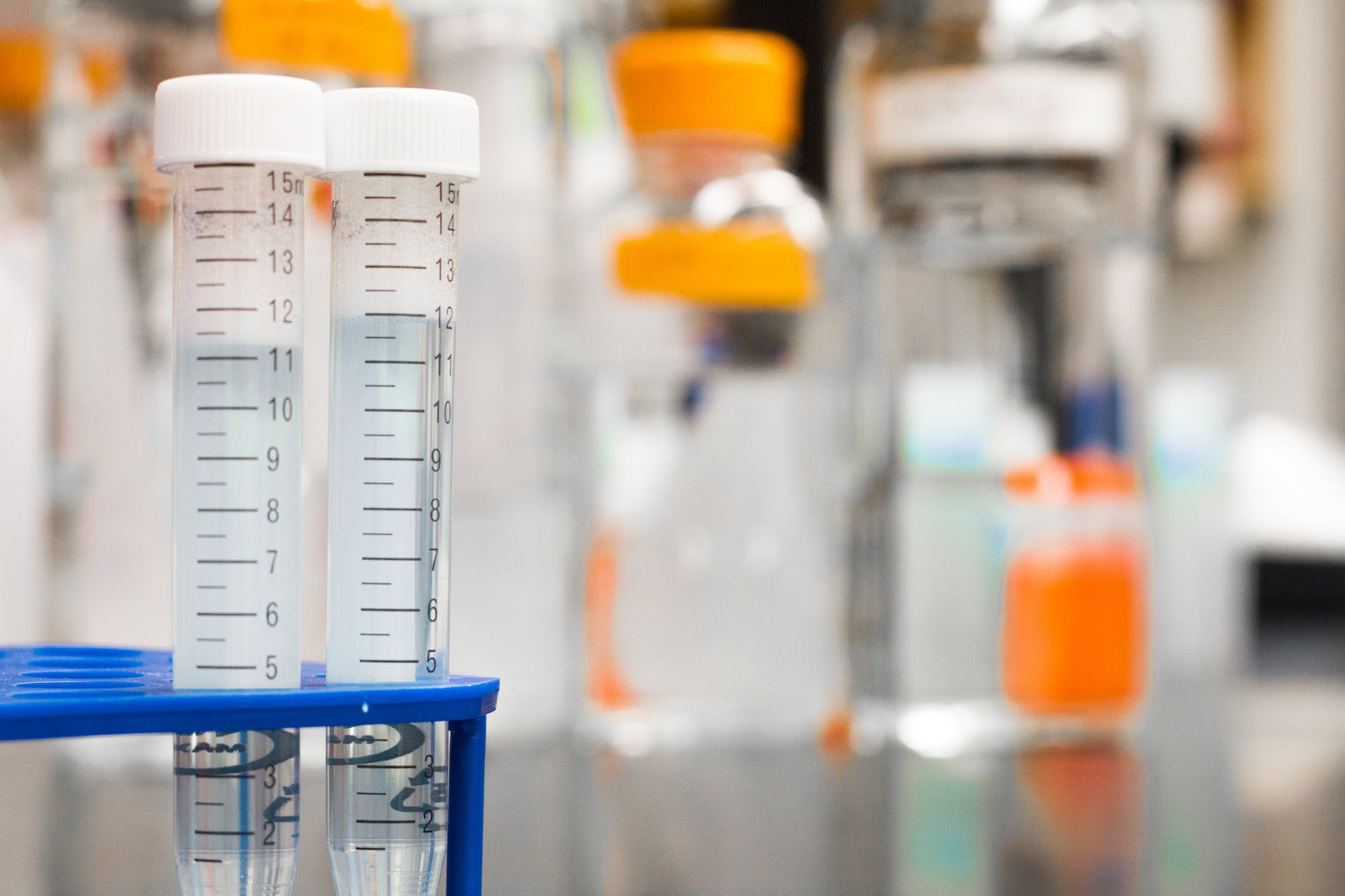
Exploring the IND Safety Reporting Requirements: A Comprehensive Overview
One of the key steps in the drug development process is submitting an Investigational New Drug (IND) application to the appropriate regulatory bodies. However, through the safety reporting procedure, this submission starts a continuous conversation between sponsors and regulators. We’ll review the requirements for ind safety reporting in this article, highlighting the benefits of this important step in developing new medications.
Navigating the Waters of Pre-approval
The IND safety reporting standards assist drug researchers through complex pre-approval procedures. Regulatory bodies underline the significance of continual safety monitoring when an IND application is submitted. This proactive strategy allows for the early discovery and examination of possible safety hazards, building a vigilant culture emphasizing patient safety.
Sponsors are required to immediately disclose any unanticipated adverse events or results that may have consequences for the safety of research participants as part of this proactive monitoring. This requirement’s good impact is seen in its role in the early detection of safety alerts. Sponsors can take quick and informed action, making the required adjustments to research procedures or even stopping studies if safety concerns call for such action by immediately reporting and properly reviewing adverse occurrences.
This emphasis on proactive safety monitoring ensures the well-being of study participants and contributes to the credibility and integrity of the drug development process. The collaboration between sponsors and regulatory authorities in this continuous dialogue fosters an environment where safety is paramount, ultimately leading to the development of safer and more productive therapeutic interventions.
Enhancing Transparency and Collaboration
The IND safety reporting requirements establish a structured framework for communication between sponsors and regulatory agencies. This structured approach enhances transparency, fostering a collaborative relationship that is instrumental in navigating the complex landscape of drug development. Regular and systematic reporting of safety data ensures that regulatory authorities are kept informed of the evolving safety profile of the investigational drug.
The IND safety reporting procedure benefits from this organized communication since it fosters common understanding between sponsors and regulators. A chance for feedback and advice is provided through timely and accurate reporting, enabling regulatory bodies to evaluate the drug’s safety. This iterative information sharing enables a more streamlined and effective development process, where possible safety concerns may be handled cooperatively, leading to better-informed decisions.
Moreover, emphasizing clear and concise reporting promotes efficiency in regulatory reviews. By providing regulators with comprehensive safety data, sponsors contribute to a more informed and expedited evaluation of the investigational drug, potentially accelerating the path to market approval.
Iterative Learning from Safety Data
The IND safety reporting requirements instil a culture of continuous improvement within the drug development landscape. Adverse events reported during clinical trials provide valuable insights into the safety profile of investigational drugs, and this information becomes a crucial component of a sponsor’s cumulative knowledge.
Each reported safety event becomes an opportunity for iterative learning. Sponsors can analyze safety data to identify patterns, assess risk factors, and refine safety monitoring strategies. This continuous improvement process is a positive aspect of the safety reporting requirements, as it contributes to refining study protocols, optimizing risk mitigation strategies, and enhancing patient safety.
By leveraging the knowledge gained from safety reporting, sponsors can make informed decisions at each stage of drug development. This iterative learning process not only strengthens the evidence base supporting the safety of the investigational drug but also establishes a foundation for developing subsequent generations of therapeutic interventions.
Conclusion
The IND safety reporting requirements are regulatory obligations and a commitment to patient safety, transparency, and continuous improvement within the drug development journey. Proactive safety monitoring, streamlined communication, and a constant improvement culture support the positive aspects of this essential process.
Drug developers are actively assisting in developing safer and more effective treatments as they traverse the difficulties of IND safety reporting. These reporting requirements encourage collaboration between sponsors and regulatory bodies, establishing a system where patient safety is always prioritized.
In this landscape of vigilance and collaboration, the positive outcomes extend beyond individual trials—they shape the future of drug development, ensuring that each step forward is a step towards safer, more effective, and more innovative therapeutic interventions.






